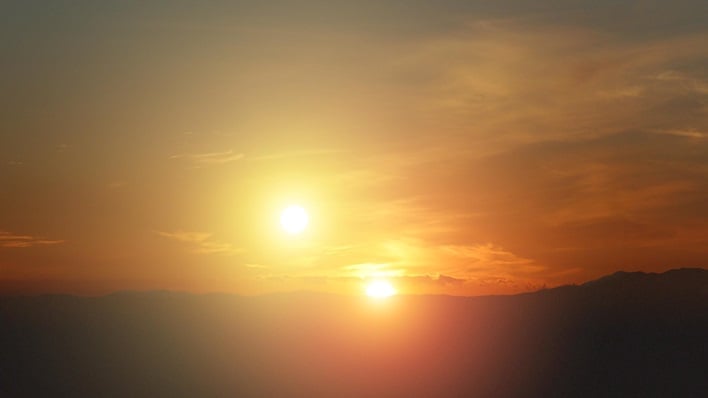Study Reveals 1 In 12 Twin Stars Gobble Up Planets Like A Game Of Space Pac-Man

Scientists and astronomers have struggled with whether Earth will one day be randomly ejected from its place in the Milky Way. While physicists believe they understand the rules that govern the orbits of two celestial bodies, as soon as a third is introduced into the equation, much less a sixth or seventh, the situation becomes far more complex. The issue, according to two co-authors of the new study, Yuan-Sen Ting and Fan Liu, is that little is known about how common catastrophic instabilities arise that could cause such an event.

The study focused on twin stars, known to have been born around the same time as one another from the same mix of materials. By doing so, the team was able to eliminate bewildering factors, much in the same way twins are sometimes used in sociological or medical research.
What the researchers found was that some stars differed from their twin sibling, “showing a distinct chemical pattern with higher amounts of certain elements like iron, nickel, and titanium compared to others such as carbon and oxygen.” The differences provide what the researchers believe to be sound evidence that the star in question had devoured a planet.
While simulations have suggested instability of this nature could be common in the early stages of a planetary system, around the first 100 million years, traces of ingested planets would be undetectable in the stars the team studied, which are believed to be billions of years old. This finding suggests that the chemical anomalies the team observed were created by more recent events.
For those who may wonder if Earth will be eaten up by the Sun sometime in the near future, the researchers of the twin star study don’t believe that to be the case. In fact, the authors stressed the importance of recognizing that planet engulfment and instability still occur only in a minority of cases. The study is also a reminder of the “delicate balance that allows life to thrive on Earth and the potential fragility of our cosmic home.”

